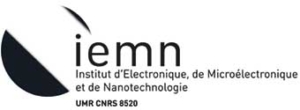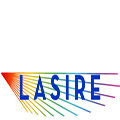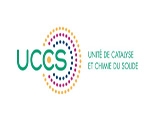Projet ANR-23-CE05-0026
PEECFUEL
Plasmon-Enhanced Hybrid Electrolysis for Sustainable Fuel from Waste
The PEECFUEL proposal combines simulations and experimental approaches to design copper (Cu)-based plasmonic active nanostructures and their applications for the electrochemical generation of the same fuel or chemical at both the cathode and anode of a hybrid electrolyzer through respectively CO2 reduction and biomass-derived sugars’ oxidation into formate/formic acid, a promising liquid organic hydrogen carrier (LOHC). The Cu-based nanostructures will be fabricated using nanosphere or optical lithography and a recently-developed ultrasonic nanoimprinting technique in a process that is facile (at room temperature and atmospheric pressure), fast (1-2 minutes), and scalable (3-inch wafer size currently). In this project, we target Cu nanohole arrays coated with bismuth nanoparticles, Cu/Bi, Au/Bi and Ag/Bi heterostructured nanowires. Their plasmon properties will be assessed using UV-vis spectrophotometry. A simulation study will help to choose the appropriate features (hole size and separation, Cu layer thickness, nanowire size, length, Bi thickness…) to generate a plasmon band that matches the solar spectrum. The electrochemical performance of the developed electrodes for CO2 reduction (cathode) and biomass-derived sugars oxidation (anode) without and under visible light irradiation will be systematically studied and the generated products will be quantified using high-performance liquid chromatography (HPLC) and gas chromatography (GC) analysis. Finally, a pump-probe spectroscopic study will be conducted to elucidate the photo-reactivity of hot electrons during the photo-electrochemical processes.
The work is planned into 4 workpackages, using complementary expertise of 4 partners including IEMN (simulations, materials fabrication, and electrocatalysis), CINTRA (electrode fabrication and biomass-derived sugars reforming), LASIRE (femtosecond transient absorption spectroscopy) and UCCS (synthesis of biomass-derived precursors).
The main technological or characterization resources required to carry out the project:
Optical lithography + metallization + SEM
Flagship projects concerned:
Smart energy
Materials


















